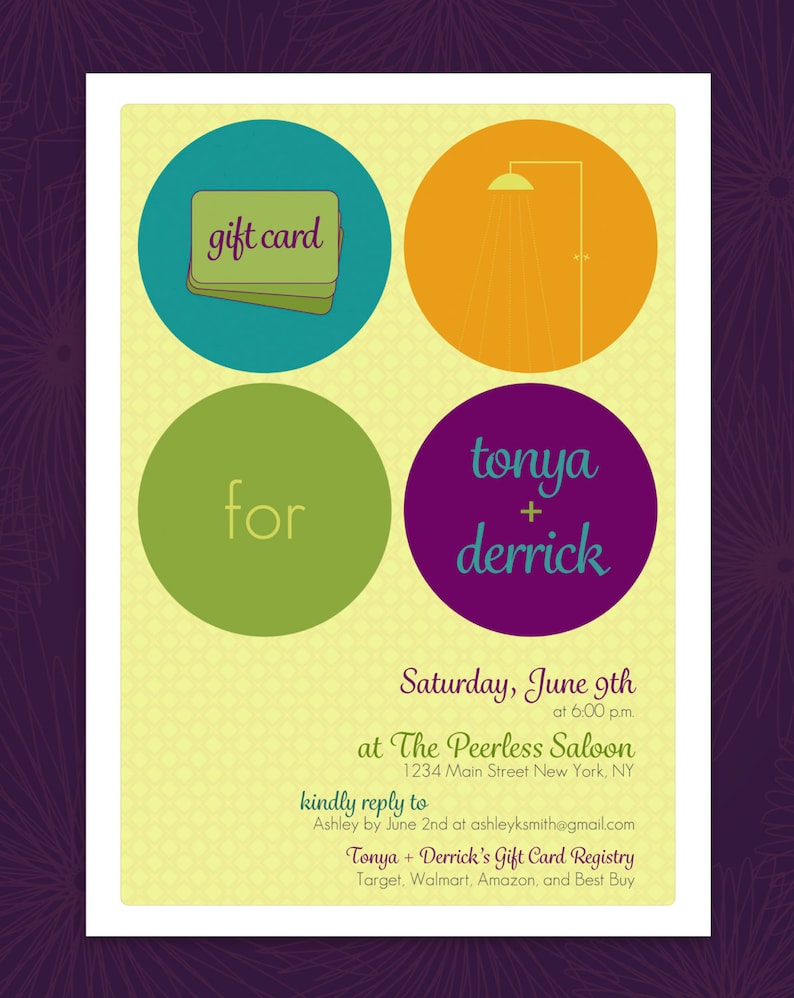Developed in the center East and Egypt on hardstone, copper wheel engraving made it through as a craft in seventeenth century Bohemia and Dresden on glass. It was used for a range of objectives, including showing the imperial double-headed eagle (Reichsadlerhumpen) and allegorical styles.
Engravers of this period slowly deserted linear clarity in favour of crosshatched chiaroscuro impacts. A couple of engravers, such as Schongauer and Mantegna, took care of glass with a sculptural feeling.
Ancient Art
By the end of the 17th century, however, diamond-point inscription was being replaced by wheel inscription. 2 notable engravers of this period are worth mention: Schongauer, that increased the art of glass inscription to measure up to that of painting with works like Saint Anthony Tortured by Demons, and Mantegna, who shaded his drawings with short doodled lines of differing size (fig. 4) to accomplish chiaroscuro impacts.
Other Nuremberg engravers of this time included Paul Eder, that mastered delicate and tiny landscapes, and Heinrich Schwanhardt, that etched inscriptions of fine calligraphic top quality. He and his kid Heinrich likewise developed the strategy of engraving glass with hydrofluoric acid to create an effect that resembled glass covered in ice. The engraved surface area could then be cut and engraved with a copper-wheel. This approach is utilized on the rock-crystal ewer shown below, which combines deep cutting, copper-wheel inscription and sprucing up. Identifying the engraving on such items can be challenging.
Venetian Glass
When Venice was a European power, Venetian glassmakers took the lead in many high value-added sectors. Unlike fabrics and fashion, glassmaking preserved a tradition of advanced methods. It also lugged seeds of the ornamental splendour personified in Islamic art.
Nevertheless, Venetian glassmakers were not eager to share these concepts with the rest of Europe. They maintained their craftsmen cloistered on the island of Murano so they would not be affected by new fads.
Even though need for their product ups and downs as preferences changed and competing glassmakers emerged, they never ever lost their interest rich clients of the arts. It is for that reason no surprise that etched Venetian glass shows up in many still life paintings as an icon of high-end. Often, a master treasure cutter (diatretarius) would reduce and decorate a vessel originally cast or blown by another glassworker (vitrearius). This was a pricey endeavor that needed fantastic ability, patience, and time to create such detailed job.
Bohemian Glass
In the 16th century, Bohemian glassmakers adapted the Venetian recipe to their own, creating a much thicker, clearer glass. This made it much easier for gem-cutter to sculpt similarly they sculpted rock crystal. In addition, they developed a method of cutting that enabled them to make extremely in-depth patterns in their glasses.
This was adhered to by the manufacturing of tinted glass-- blue with cobalt, red with copper and light eco-friendly with iron. This glass was preferred north of the Alps. On top of that, the slim barrel-shaped goblets (Krautstrunk) were likewise preferred.
Ludwig Moser opened a glass design workshop in 1857 and was successful at the Vienna International Exhibition of 1873. He established a completely integrated manufacturing facility, using glass blowing, brightening and etching. Up until the end of World War II, his firm controlled the marketplace of personalized Bohemian crystal.
Modern Craft
Inscription is among the oldest hand-icraft methods of decorative improvement for glass. It requires a high degree of precision as well as an imaginative creative imagination to be efficient. Engravers need to likewise have a sense of composition in order to tastefully incorporate glossy and matte surface areas of the cut glass.
The art of inscription is still active and flourishing. Modern techniques like laser inscription can achieve a greater degree of information with a greater rate and accuracy. Laser modern technology is likewise able to produce layouts that are less susceptible to damaging or breaking.
Inscription can be utilized for both commercial and ornamental family crest engraving purposes. It's prominent for logos and hallmarks, as well as ornamental embellishments for glass wares. It's also a preferred way to include personal messages or a champion's name to trophies. It is necessary to note that this is an unsafe task, so you must always make use of the appropriate safety and security equipment like goggles and a respirator mask.
